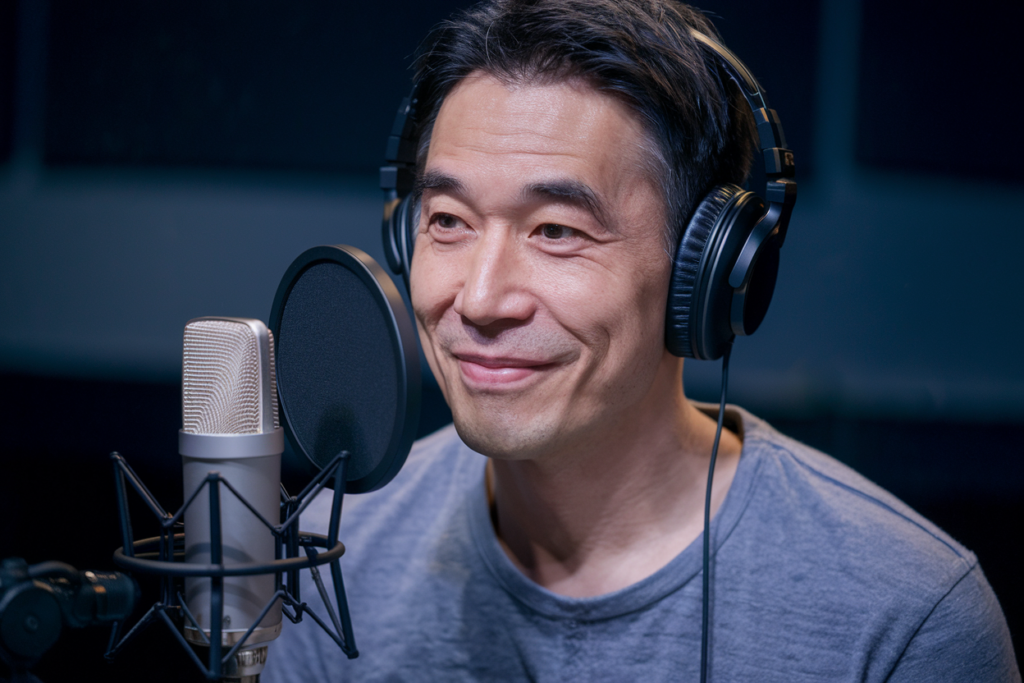Key Takeaways
- The origins of the Japanese language are rooted in a combination of ancient languages, possibly linked to the Altaic or Austronesian families, highlighting its complex history.
- Historical texts like the Kojiki and Nihon Shoki document early forms of Japanese, showcasing significant linguistic evolution from Old to Middle Japanese.
- Chinese influence on Japanese began around the 5th century through kanji adoption, which enriched vocabulary and syntax while also incorporating loanwords from various languages over time.
- The development of kana (hiragana and katakana) in the 9th century allowed for greater expression of native sounds and made literature more accessible to a broader audience.
- Various theories about Japanese’s linguistic affiliations continue to be debated among scholars, reflecting its unique characteristics shaped by historical interactions.
Ever wondered where the Japanese language actually comes from? The origins of Japanese are as fascinating as they are complex, weaving together history, culture, and linguistic evolution. Understanding this journey not only enriches your appreciation for the language but also opens doors to deeper connections with Japan’s rich heritage.
Historical Overview
The Japanese language boasts a rich and complex history that reflects Japan’s cultural evolution. Understanding this historical context enhances your appreciation for the language itself.
Ancient Roots of Japanese Language
Japanese likely originated from a combination of ancient languages spoken by early inhabitants of the Japanese archipelago. Linguistic studies suggest that its roots trace back to the Altaic or Austronesian language families, although definitive connections remain debated among scholars. The earliest documented evidence appears in texts such as the Kojiki and Nihon Shoki, dating back to the 8th century. These texts showcase an early form of Japanese called Old Japanese, which laid the groundwork for further linguistic development over centuries.
Influence of Other Languages
Throughout history, various languages influenced Japanese significantly. Chinese had a considerable impact starting around the 5th century when Buddhist scriptures and other writings were introduced to Japan. This led to the adoption of kanji—Chinese characters used in modern writing—which enriched vocabulary and syntax in Japanese. Additionally, contact with European languages during trade and diplomacy introduced new words and concepts in areas such as technology and culture. As a result, modern Japanese today incorporates many loanwords from English and other languages, reflecting its dynamic nature and adaptability.
Understanding these historical elements provides valuable insight into how modern Japanese has evolved while retaining elements from its ancient roots.
Language Families and Theories
The origins of the Japanese language prompt various theories regarding its linguistic affiliations. Scholars categorize Japanese within multiple language families, reflecting its unique characteristics and historical influences.
Altaic Hypothesis
The Altaic hypothesis proposes that Japanese shares roots with languages from the Altaic family, including Turkish, Mongolic, and Tungusic languages. This theory suggests that these languages have a common origin due to similarities in grammar and vocabulary. For example, both Japanese and Turkic languages exhibit agglutinative structures, where suffixes attach to root words to convey meaning. However, this hypothesis lacks widespread acceptance among linguists as definitive evidence remains elusive.
Austronesian Connections
Austronesian connections indicate potential ties between Japanese and Austronesian languages spoken across Southeast Asia and the Pacific Islands. Some scholars point to phonetic similarities and shared vocabulary as indicators of this relationship. For instance, common terms related to nature or daily life appear similar in both language groups. While compelling, these connections require further investigation for validation within mainstream linguistic circles.
These explorations into language families highlight the complexity surrounding the origins of Japanese. Each theory contributes valuable insights yet also raises questions about Japan’s rich linguistic history.
Development Through the Ages
The Japanese language evolved significantly over centuries, reflecting its rich cultural backdrop and interactions with various linguistic influences.
Old Japanese Era
Old Japanese emerged around the 8th century, primarily documented in texts like Kojiki and Nihon Shoki. This period featured a simpler phonetic structure and a limited vocabulary. The writing system utilized Chinese characters (kanji), which were adapted to represent native sounds. As you explore these ancient texts, you’ll notice distinct grammatical features that laid the groundwork for future development. Old Japanese showcased early forms of inflection and honorifics, indicating social hierarchies—a crucial aspect of Japanese culture.
Middle Japanese Era
Middle Japanese developed from the 12th to the 16th century, marking a transition in both spoken and written forms. During this era, regional dialects began to flourish, leading to variations across Japan. You’ll find significant changes in pronunciation as well as syntax; verbs became more complex due to increased usage of auxiliary verbs. The introduction of kana—hiragana and katakana—allowed for greater expression of native sounds alongside kanji. This shift made literature more accessible, fostering a vibrant literary culture that included poetry and drama.
As you delve into these historical stages, consider how each era contributed layers to what we recognize today as modern Japanese. Understanding this evolution enhances appreciation for not only the language itself but also its intricate ties to Japan’s heritage.
Script and Writing Systems
Japanese employs a unique combination of writing systems that reflect its rich linguistic history. Understanding these scripts provides insight into the language’s complexity and evolution.
Kanji and Its Origins
Kanji, adapted from Chinese characters, forms one of the core components of Japanese writing. Introduced in the 5th century, kanji allows for the representation of both meaning and sound. Each character carries specific meanings, which can change depending on context. For example, 学 (gaku) means „study“ or „learning.“ These characters enable nuanced expression within written Japanese and are often used alongside native phonetic scripts.
The Evolution of Kana
Kana comprises two syllabaries: hiragana and katakana, both developed in the 9th century to complement kanji. Hiragana represents native Japanese words and grammatical elements while katakana is primarily used for foreign loanwords, onomatopoeia, or emphasis. Their development marked a significant shift toward accessibility in literacy; you can see this in works like The Tale of Genji, where hiragana flourished as a tool for expressive storytelling. Today, their combined use creates a dynamic writing system that showcases Japan’s cultural depth while making literature approachable to all levels of readers.
Conclusion
Exploring the origins of the Japanese language reveals a rich tapestry woven from various cultural influences and historical developments. This journey through time helps you appreciate not just the language itself but also the deep connections it fosters with Japan’s heritage.
As you delve into its evolution from Old Japanese to modern forms, you’ll discover how unique writing systems like kanji and kana enhance expression. The intricacies of Japanese reflect a broader narrative that continues to shape communication today. Embracing this knowledge enriches your understanding and opens doors to deeper engagement with Japan’s vibrant culture.
Frequently Asked Questions
What is the origin of the Japanese language?
The Japanese language likely originated from a mix of ancient languages spoken by early inhabitants of the Japanese archipelago. Its roots may be linked to either the Altaic or Austronesian language families, reflecting a complex linguistic history.
When were the earliest forms of Japanese documented?
The earliest documented evidence of Japanese appears in texts like the Kojiki and Nihon Shoki, dating back to the 8th century. These works showcase Old Japanese, which had a simpler phonetic structure and utilized Chinese characters known as kanji.
How did Chinese influence the Japanese language?
Chinese significantly influenced Japanese vocabulary and syntax, enriching it with loanwords and structural elements. This influence played a crucial role in shaping modern Japanese, as many terms are borrowed directly from Chinese.
What are kana, and how did they develop?
Kana consists of two syllabaries: hiragana and katakana, developed in the 9th century. They allowed for greater expression of native sounds in writing, complementing kanji by representing native words and foreign loanwords more effectively.
How does understanding historical stages enhance appreciation for modern Japanese?
Understanding historical stages reveals how cultural exchanges shaped modern Japanese. Recognizing its evolution—from Old to Middle Japan—helps appreciate its complexity, intricacies, and deep connections to Japan’s heritage through literature and communication.







